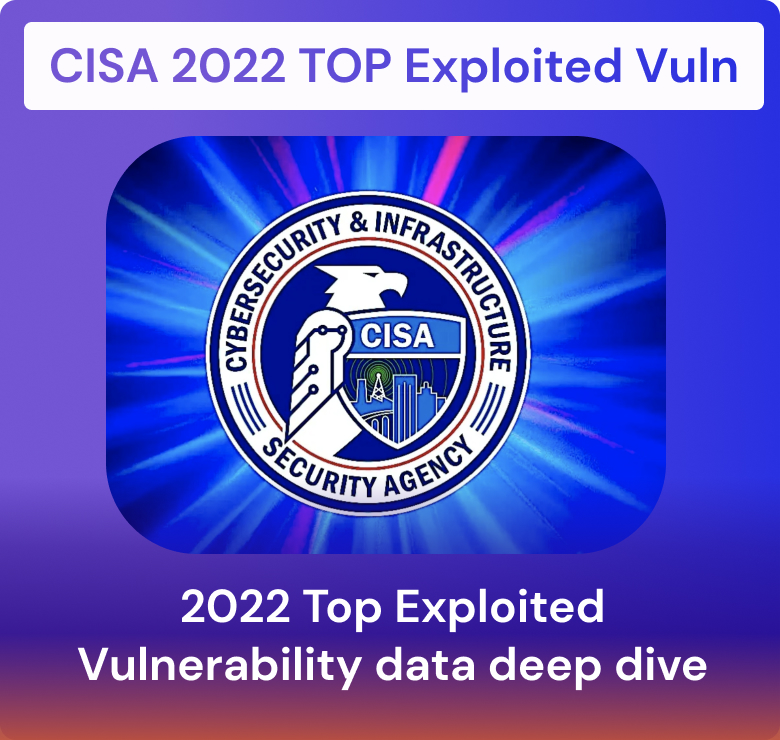Exploitability Overview
Exploits are the sinister mechanisms that turn vulnerabilities into real-world security breaches. They operate at the heart of the vulnerability landscape, targeting what's exploitable within software systems. Threat actors keenly scrutinize vulnerabilities, seeking entry points into digital fortresses. This predatory process often begins with a vulnerability being discovered and documented. What sets the wheels in motion is the presence of published exploits in various sources, forming a chain of potential threats. These exploits, with their ominous potential, find their way into widely adopted vulnerability tools like ExploitDB, MetaSploit, and Nuclei, adding to their malevolent arsenal.
What truly underscores the gravity of an exploit's existence is its designation in tools like the Exploit Prediction Scoring System (EPSS), where an EPSS score above a certain threshold, say 0.5 or 0.6, marks a vulnerability as "high exploited." This correlation between exploit availability and a high EPSS score serves as a beacon of warning for cybersecurity practitioners and underscores the significance of vulnerability management and robust application security measures.
In this complex ecosystem, understanding the interplay between exploitability, exploits, vulnerabilities, and the management thereof is paramount to safeguarding digital assets and maintaining a resilient security posture.


















